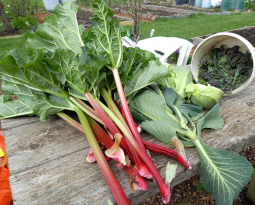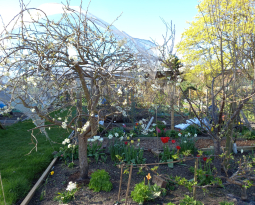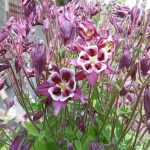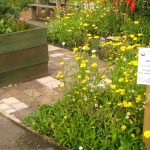Gorse
Gorse
The bright yellow of gorse, Ulex europaeus, is now prominent in the countryside. This plant’s habit of flowering on and off throughout the year led to the saying that “when gorse is out of flower kissing is out of season”. Not an activity to be encouraged these days despite recent relaxations in Covid restrictions! It is a very useful plant for wildlife as it supports a wide range of invertebrates and many small birds nest and feed in it. It provides nest site for stonechats, linnets and yellowhammers that need scrub rather than woodland as well as others such as dunnocks and wrens. The dense structure provides a refuge for these birds in harsh weather.
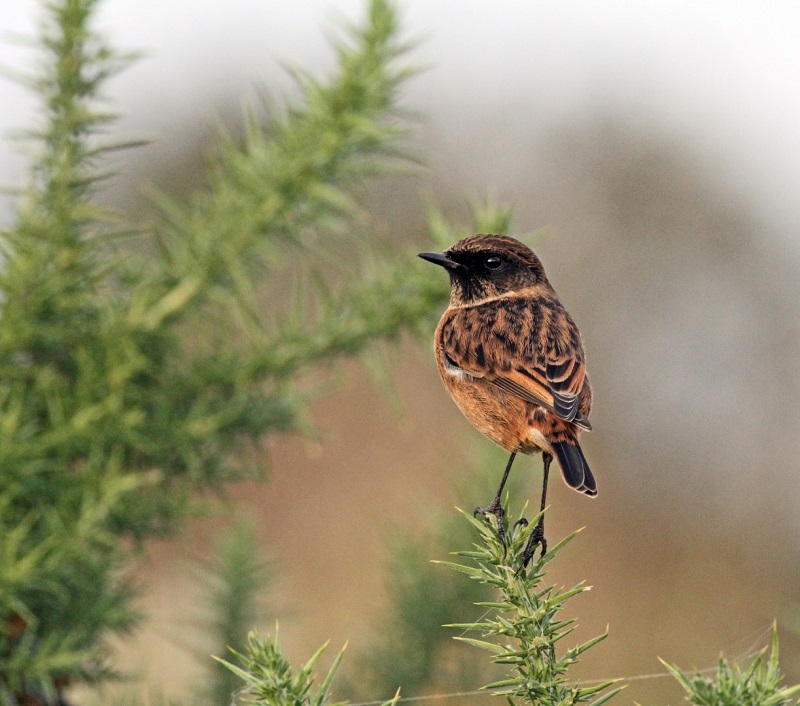
Stonechat on a Gorse bush
As gorse is in flower for long periods, it is an important nectar source in early spring and early winter, when little else is in flower. A number of invertebrates depend on it. The caterpillars of a species of case bearer moth feed exclusively on gorse. The dry wood of dead gorse stems provides food for the caterpillars of the concealer moth. Nearly 20 species of beetle are only found on gorse. Many spiders live in gorse and their webs are sometimes prominent on the bushes. Tiny gorse spider mites construct tent-like structures over the plant, which allows them to live and feed in relative safety. The gorse mites only feed on this plant so they have been used as biological control agents in regions of the world where gorse is an invasive non-native weed.
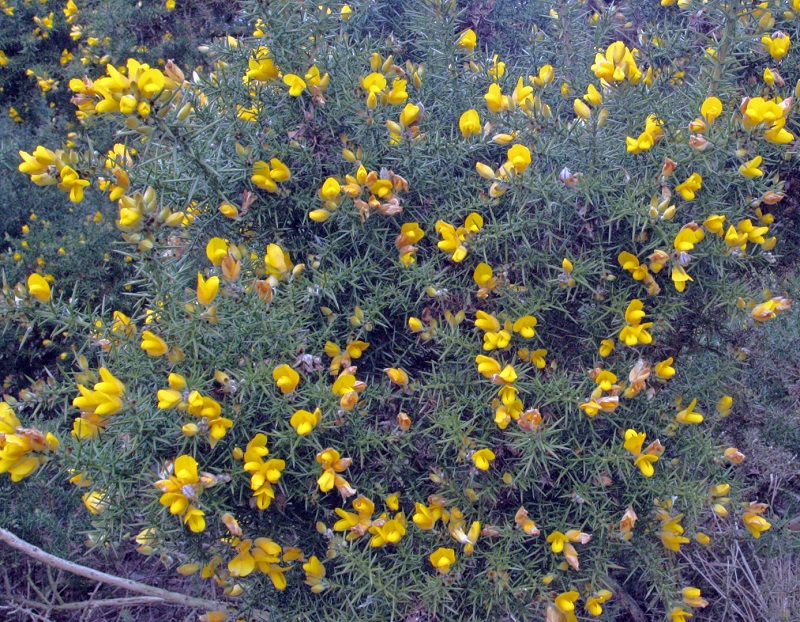 Traditionally, gorse was collected to provide fuel, to make floor and chimney brushes and was even used to colour Easter eggs. The flowers have a strong scent of coconut and are edible if you avoid the prickles when picking them! As fodder, gorse is high in protein and was used to feed livestock, particularly in winter. Gorse is also eaten as forage by some livestock, such as ponies, which may eat little else in winter. This is the basis for conservation grazing by breeds such as Exmoors or Polish koniks.
Traditionally, gorse was collected to provide fuel, to make floor and chimney brushes and was even used to colour Easter eggs. The flowers have a strong scent of coconut and are edible if you avoid the prickles when picking them! As fodder, gorse is high in protein and was used to feed livestock, particularly in winter. Gorse is also eaten as forage by some livestock, such as ponies, which may eat little else in winter. This is the basis for conservation grazing by breeds such as Exmoors or Polish koniks.
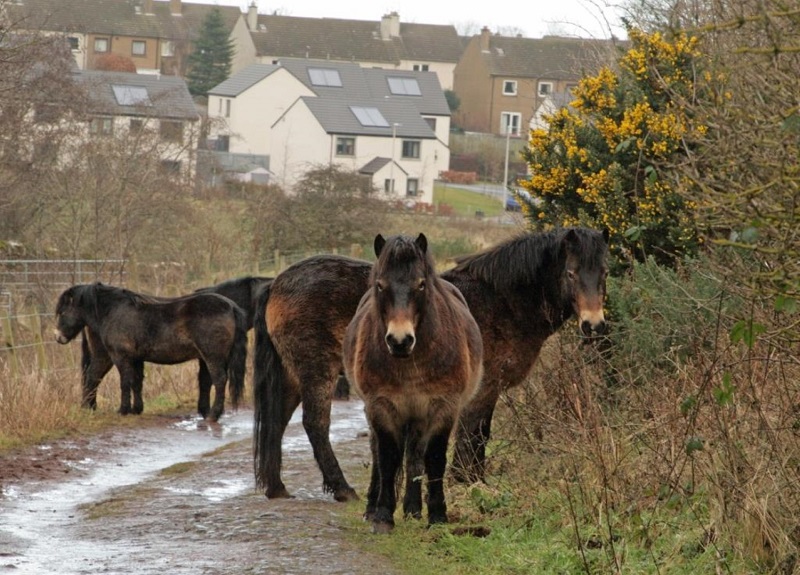
Exmoor ponies eating Gorse in winter
Gorse leaves are reduced and the green spines carry out much of the photosynthesis. Gorse copes well with poor soil and exposed sites. It is a relatively short-lived plant.
It will regenerate after fire though this should not be allowed in the birds’ breeding season. It dies out when other trees and bushes grow up among the thickets and shade it out. On nature reserves gorse is often manged on a rotation. Older stands of gorse lose their compactness and degenerate, reducing their value for wildlife and increasing the fire risk. When gorse is cut to ground level most stumps will regenerate within a year.
Stan da Prato
June 2021




